To choose the perfect balayage shade, start by understanding what balayage means. This French term, meaning “to sweep” or “to paint,” describes a hair coloring technique that creates a natural, sun-kissed look by seamlessly blending darker roots with lighter ends. Unlike traditional highlights, balayage offers a softer, more personalized result, working well for any hair color, length, or type.
Understanding Your Hair and Skin Tone
The right balayage shade depends on your hair type and skin tone. Thin or fine hair benefits from lighter shades to add depth, while thicker hair may need darker tones for contrast. Lighter hair bases can easily achieve subtle changes, while darker hair may require pre-lightening. For skin tone, warm undertones glow with golden, caramel, or honey hues, while cool undertones shine with ashy or silvery shades. Neutral tones can experiment with both. Always aim to enhance your natural beauty with a shade that complements your features.
Balayage Shade Options: Subtle or Bold
Balayage offers flexibility, whether you want a soft, gradual lightening or a bold, high-contrast look. Subtle options include shades just a few tones lighter than your natural color. For a bolder statement, try dark roots with bright blonde tips or rich caramel highlights. Consult a professional to match the shade to your personal style and complexion.
Tips for Preparation and Maintenance
Before your balayage appointment, ensure your hair is in good condition. Healthy hair yields better results, so consider a trim or treatment if needed. Discuss your lifestyle and maintenance preferences with your stylist to choose a shade that fits your routine. After coloring, switch to sulfate-free shampoos, moisturize regularly, and use heat protection when styling. Protect your balayage from sun exposure with UV-protectant products or hats.
The Role of a Professional Colorist
A skilled colorist tailors balayage to your unique hair type, natural color, and skin tone. They’ll consider factors like maintenance and your desired look, ensuring the outcome suits you perfectly and grows out beautifully. Trust their expertise to create a look that enhances your best features.
Common Mistakes to Avoid
Avoid choosing shades that clash with your natural color or skin tone. Consider upkeep—some shades require frequent touch-ups. Don’t blindly follow trends; instead, opt for a timeless look that flatters you. Unrealistic expectations can lead to disappointment, so keep in mind that balayage enhances your natural beauty rather than completely transforming it.
Embrace Your Perfect Balayage
Balayage is about creating harmony and depth while showcasing your individuality. With the right preparation and guidance from a professional, you can achieve a stunning, low-maintenance look that boosts your confidence and highlights your natural beauty. Take your time, experiment, and enjoy the journey to your perfect balayage shade.

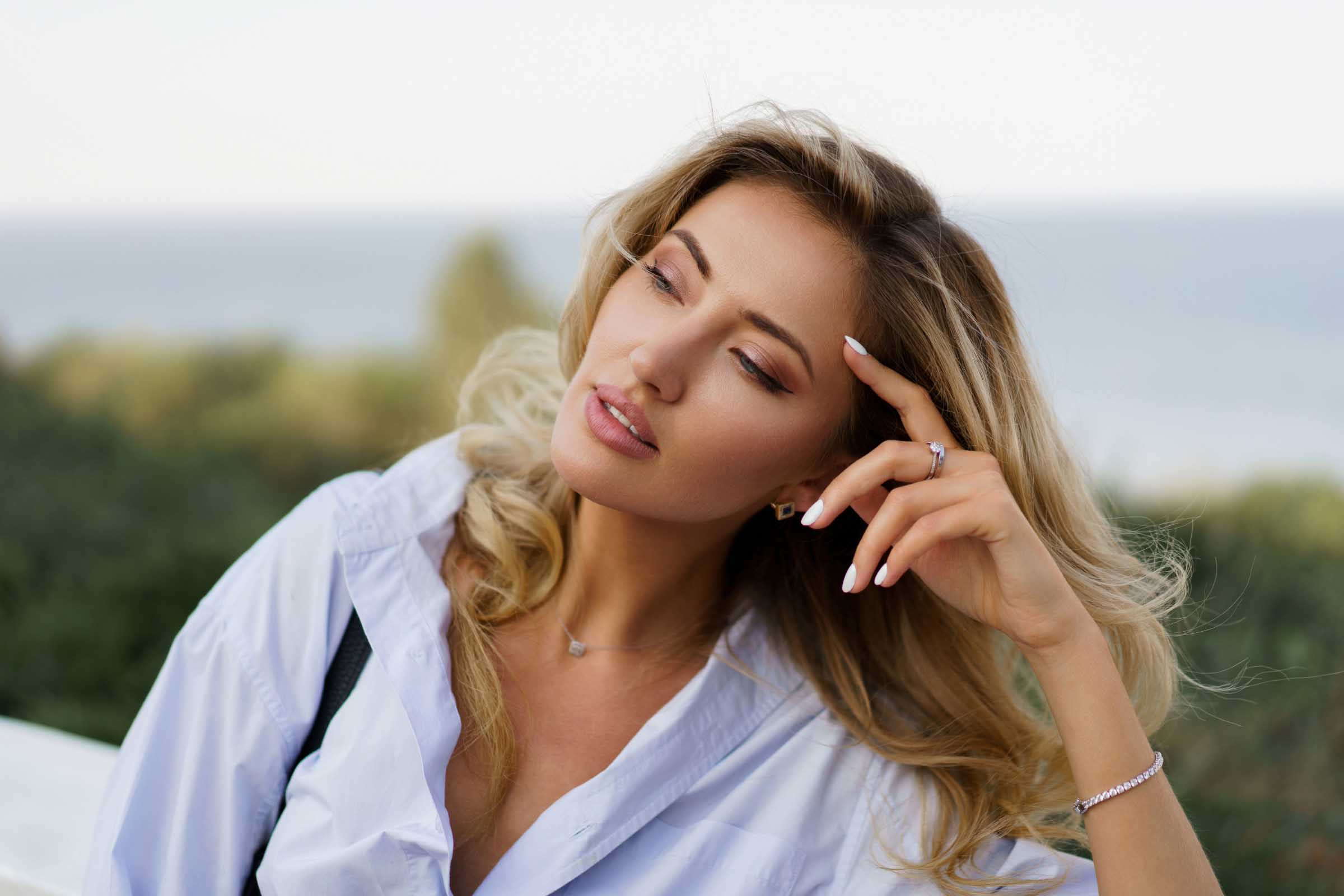
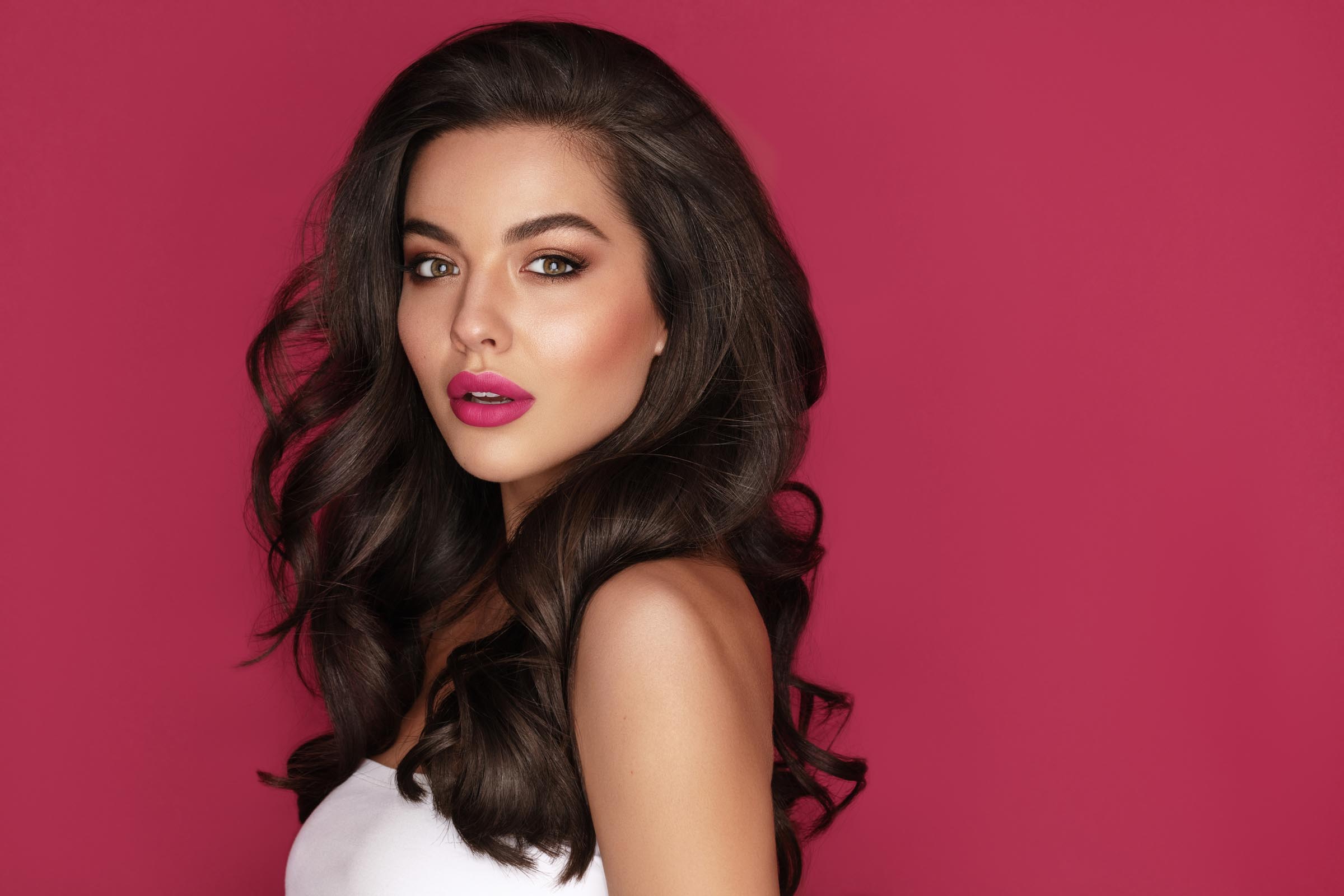
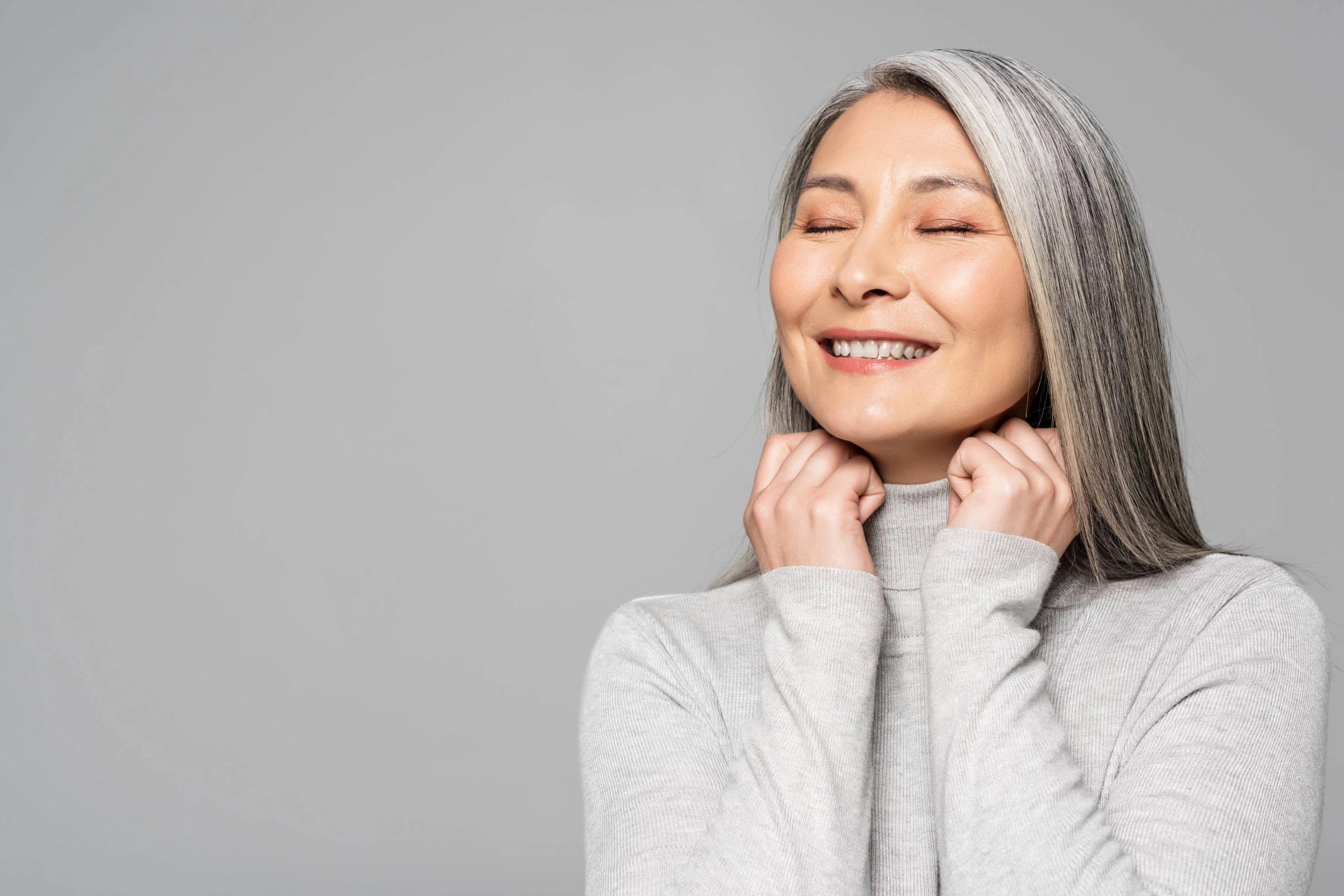
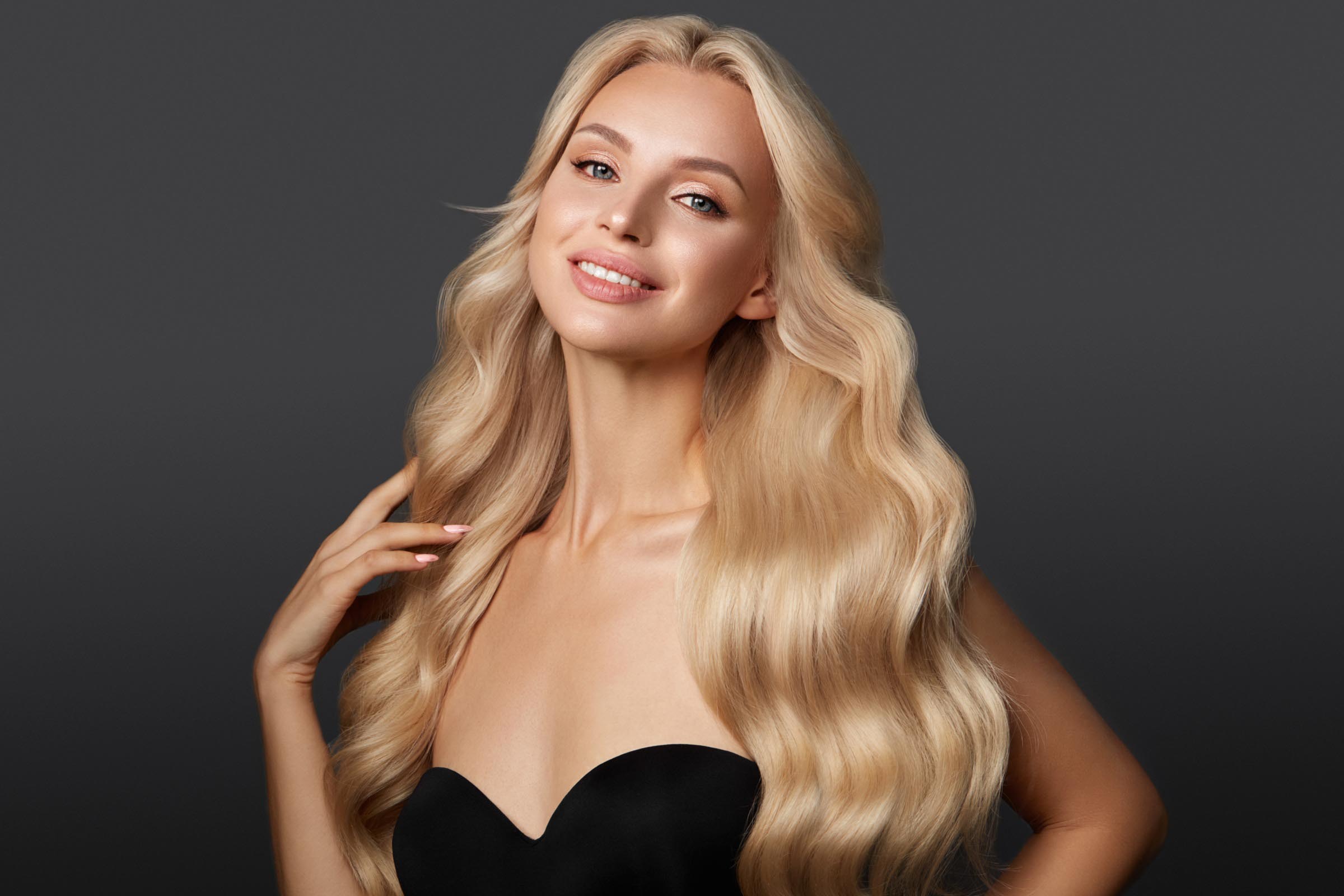

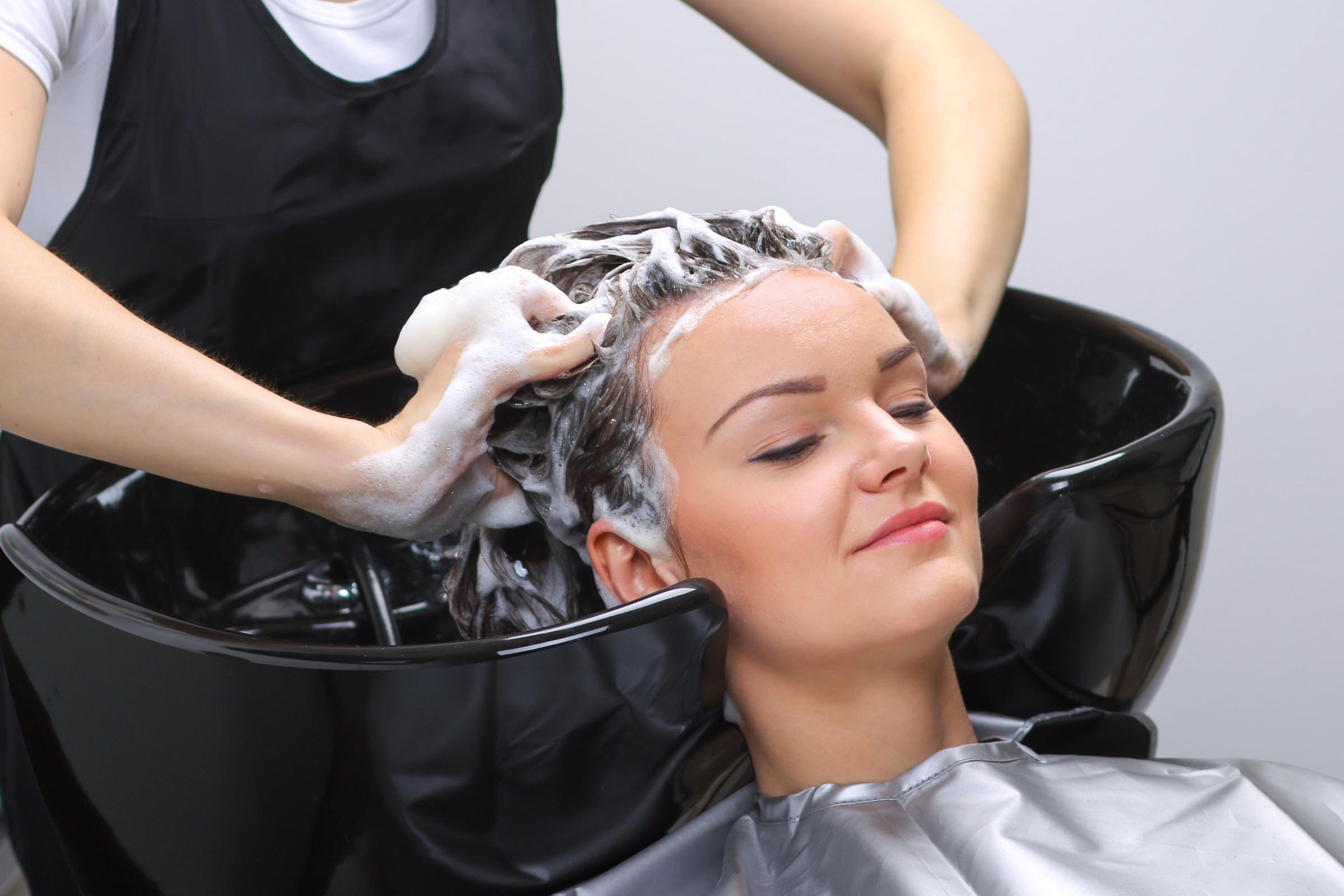
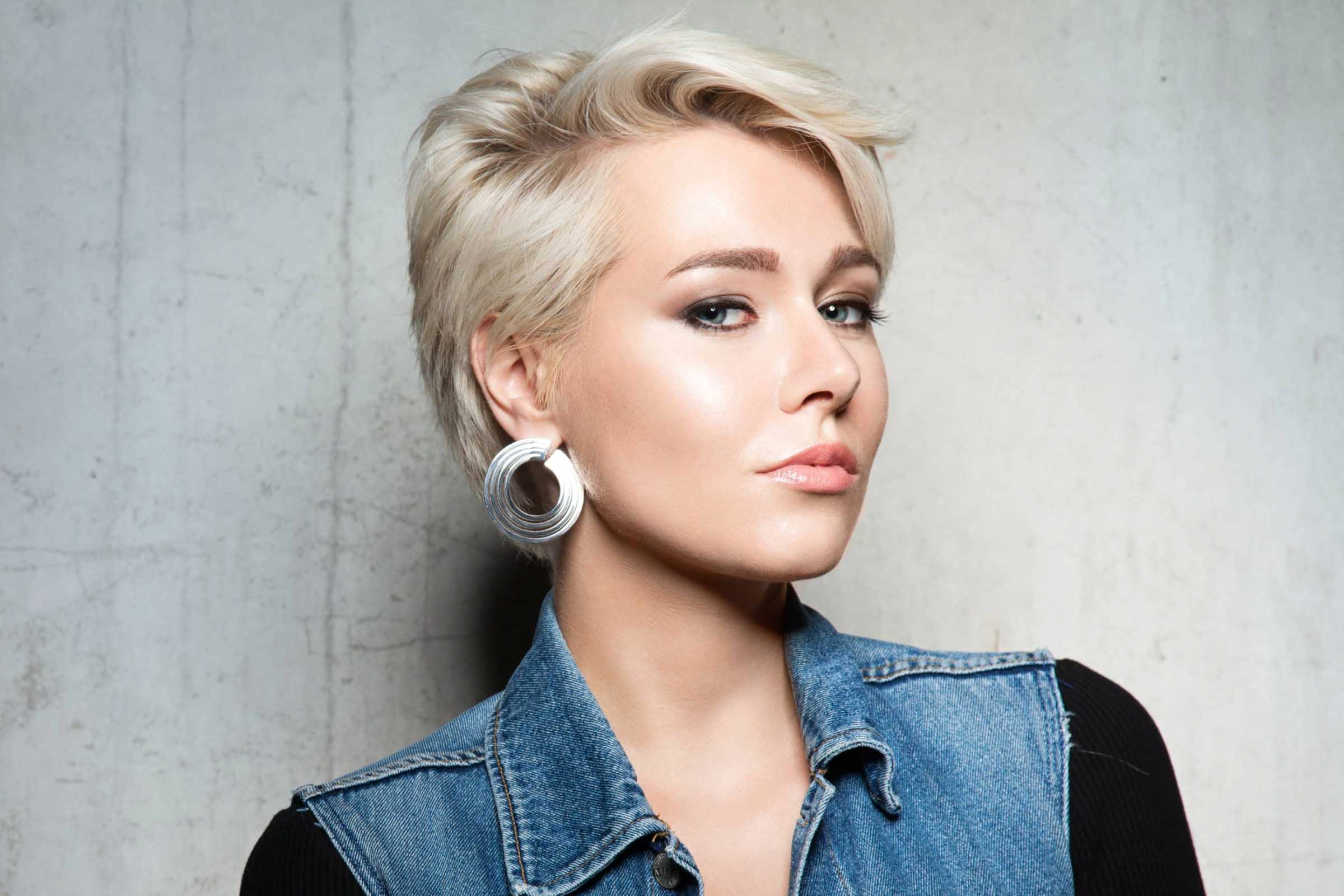
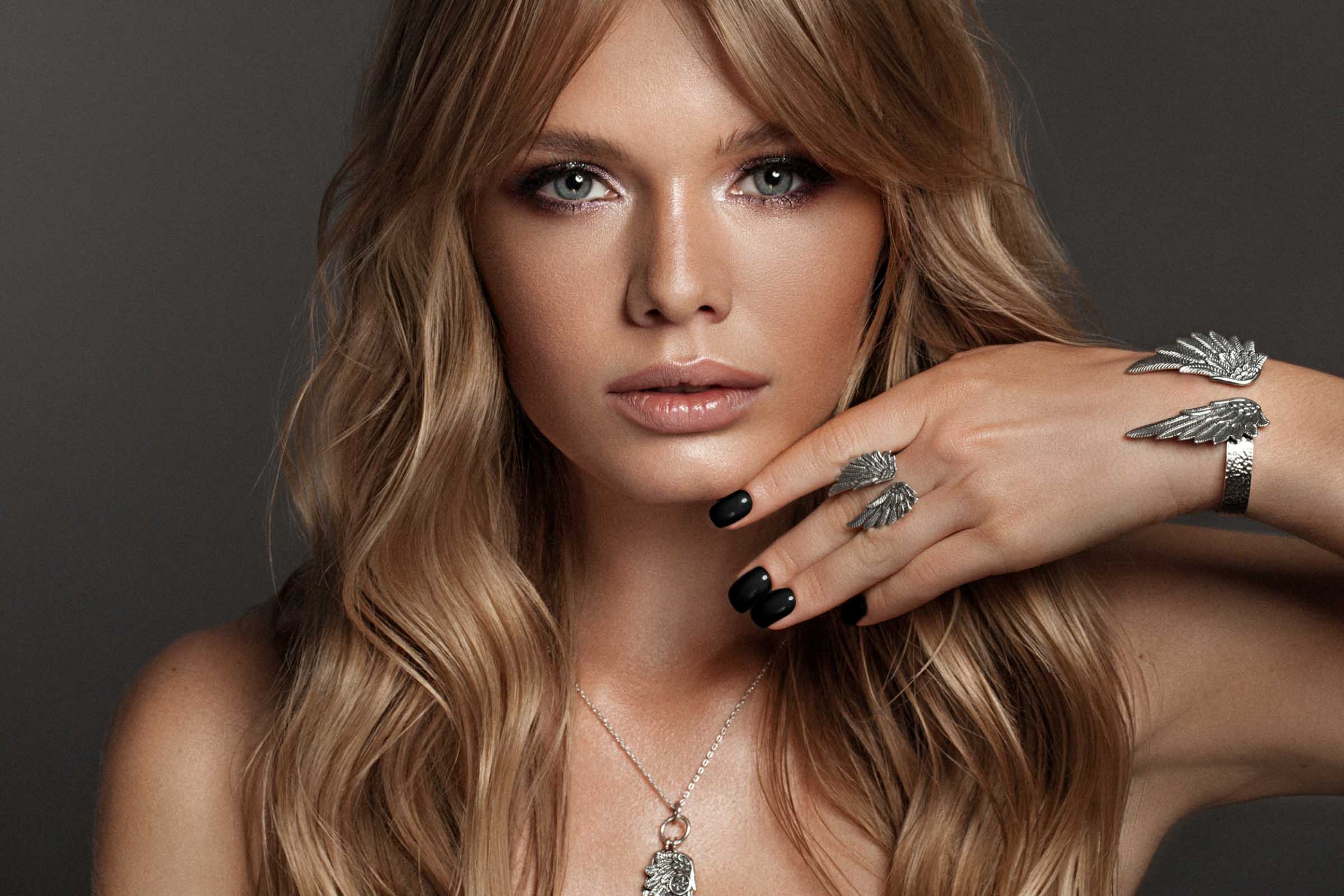
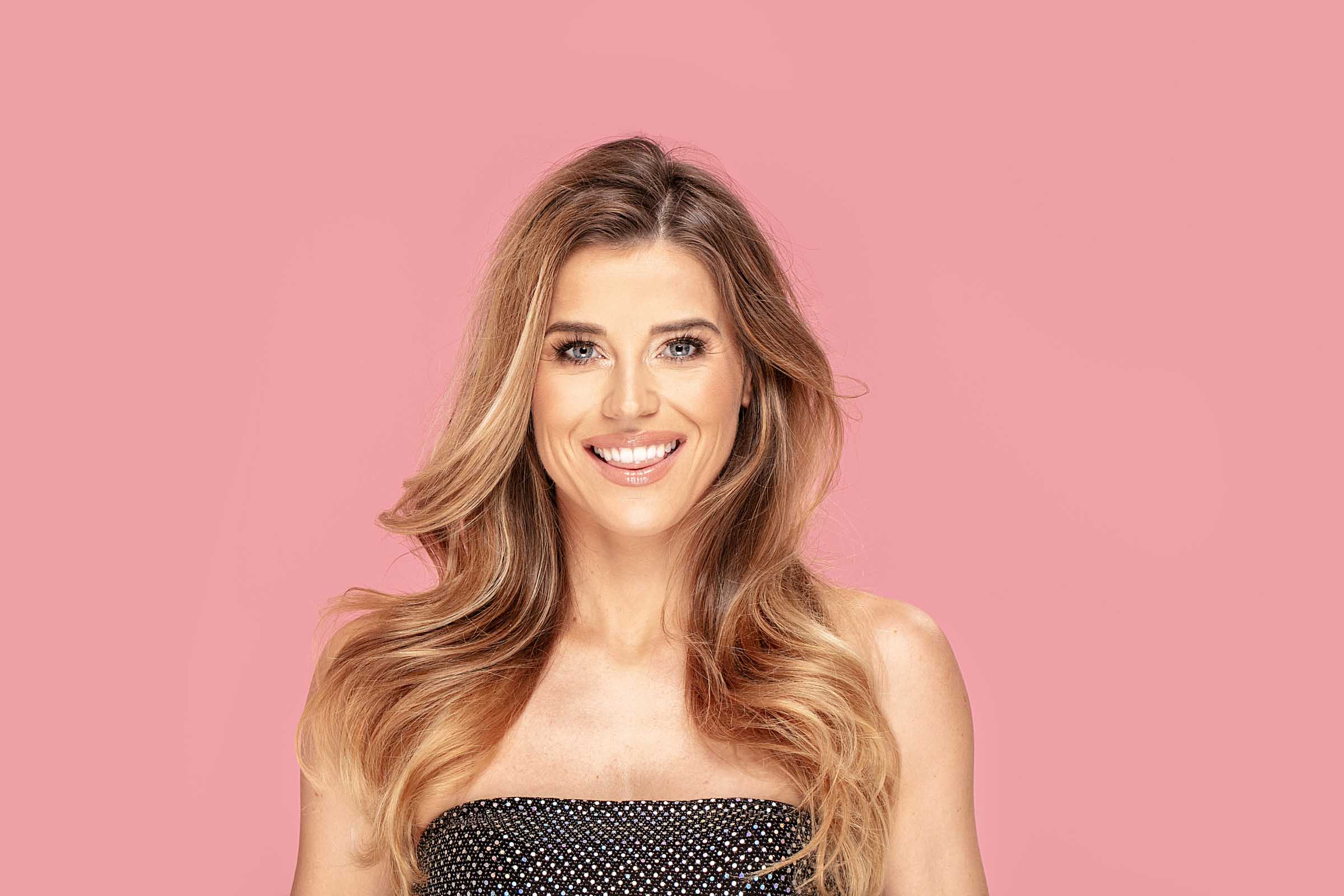
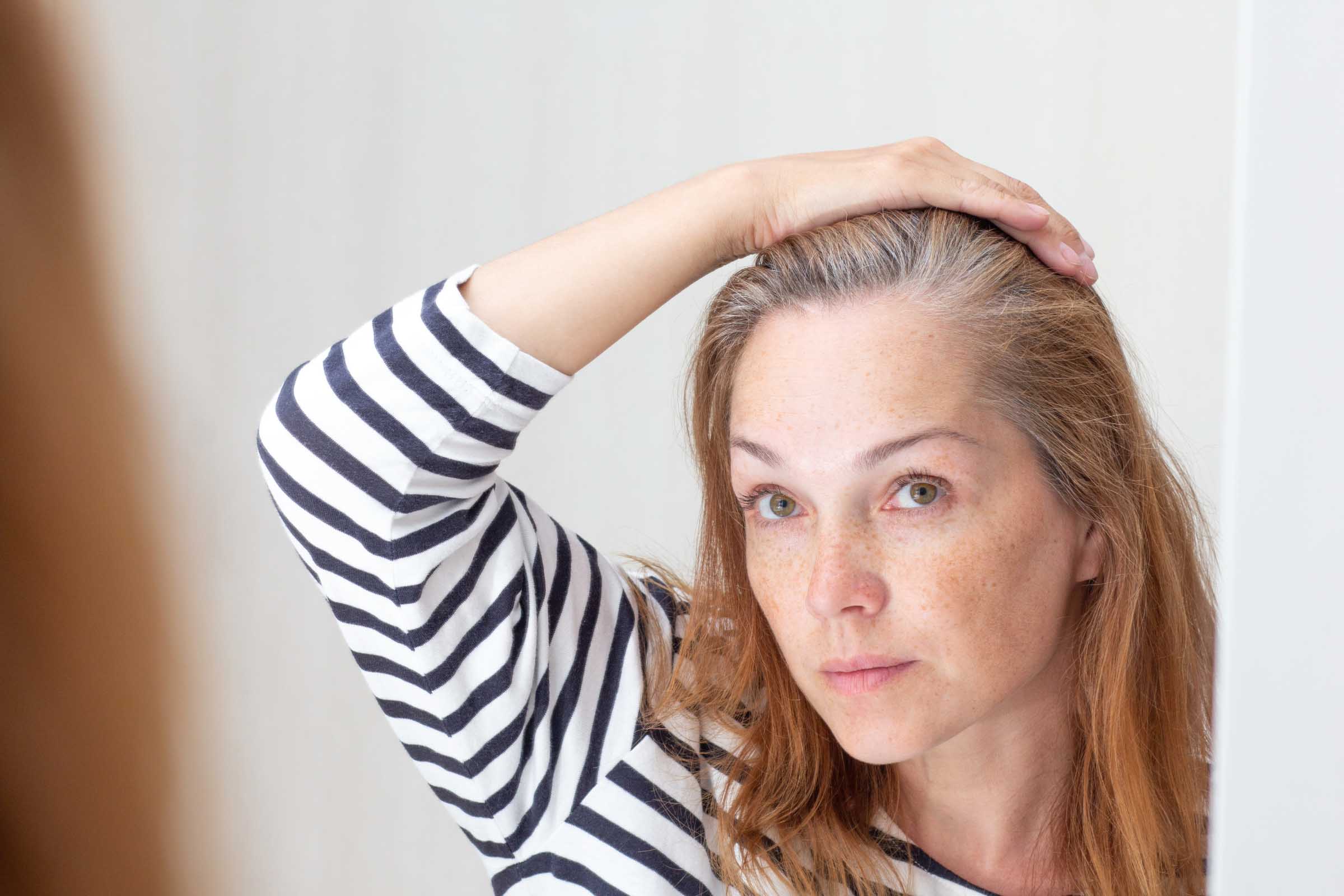
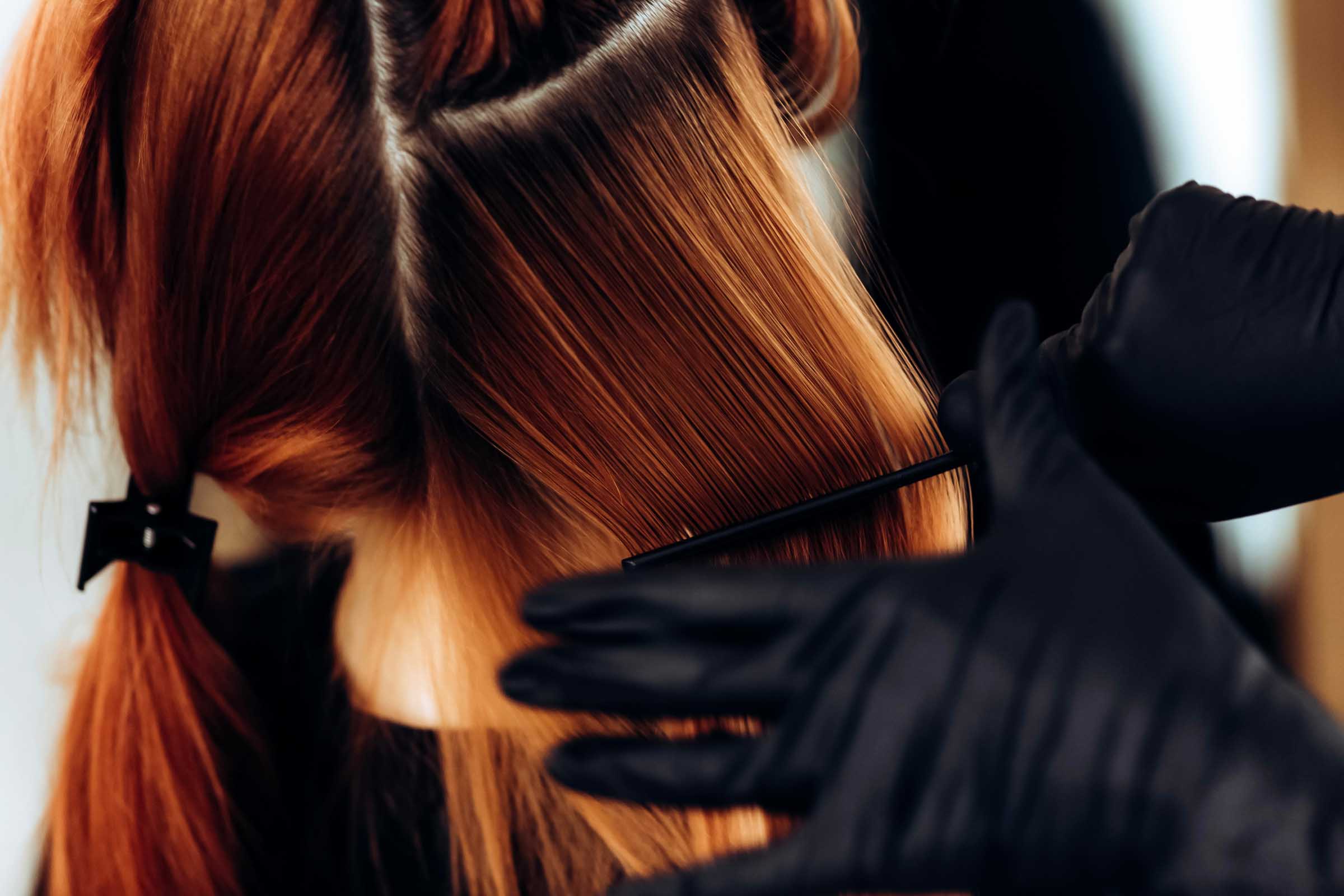
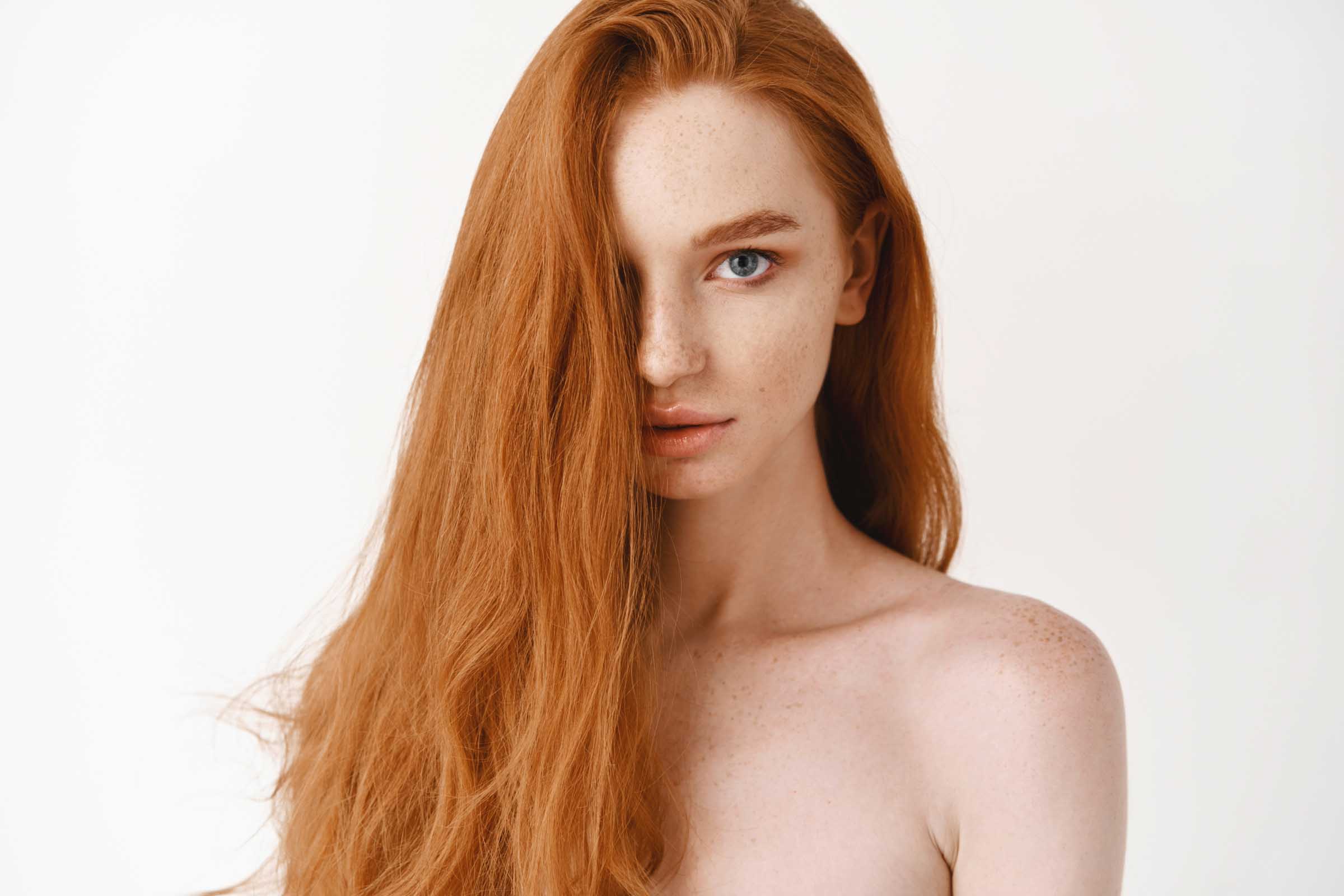
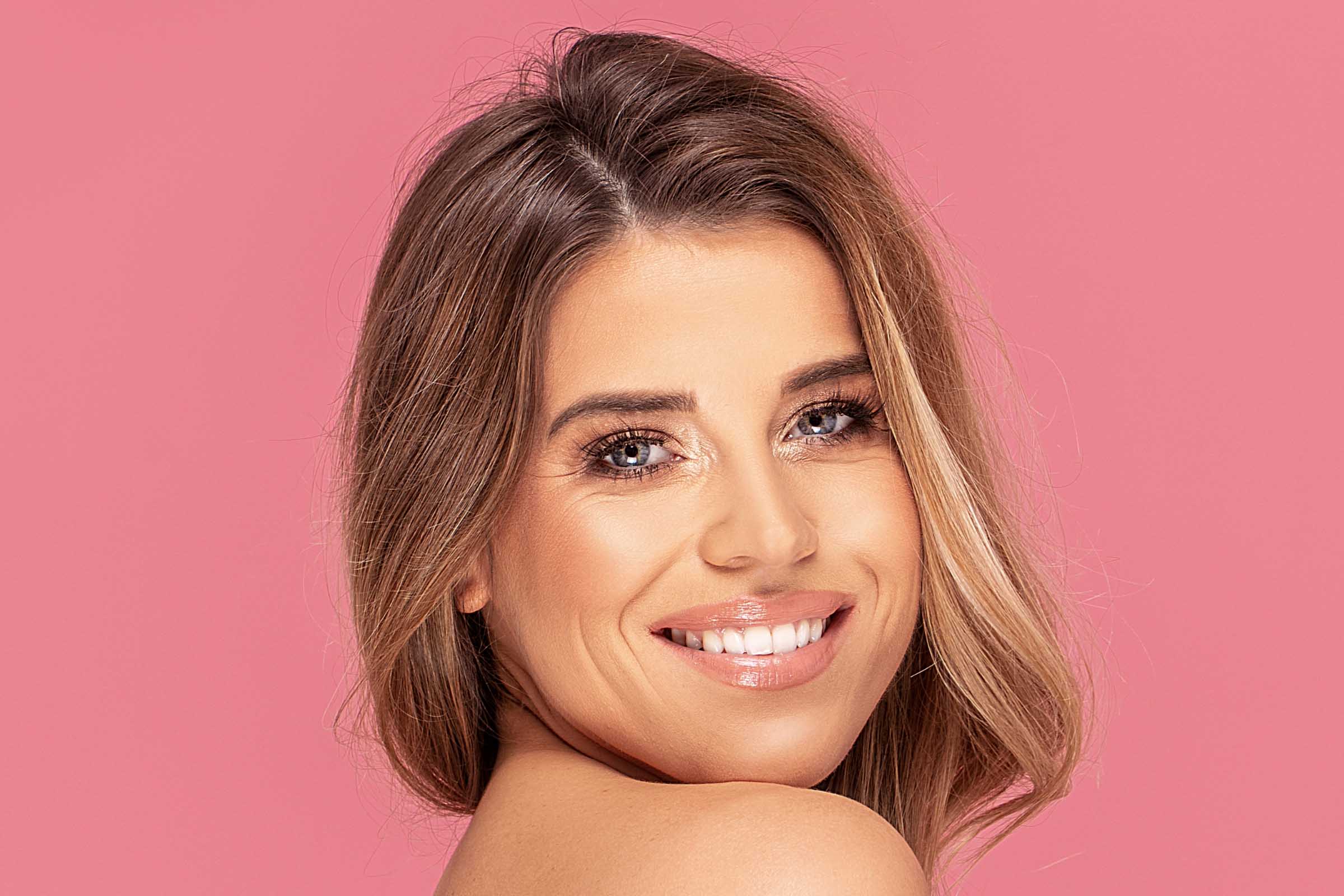
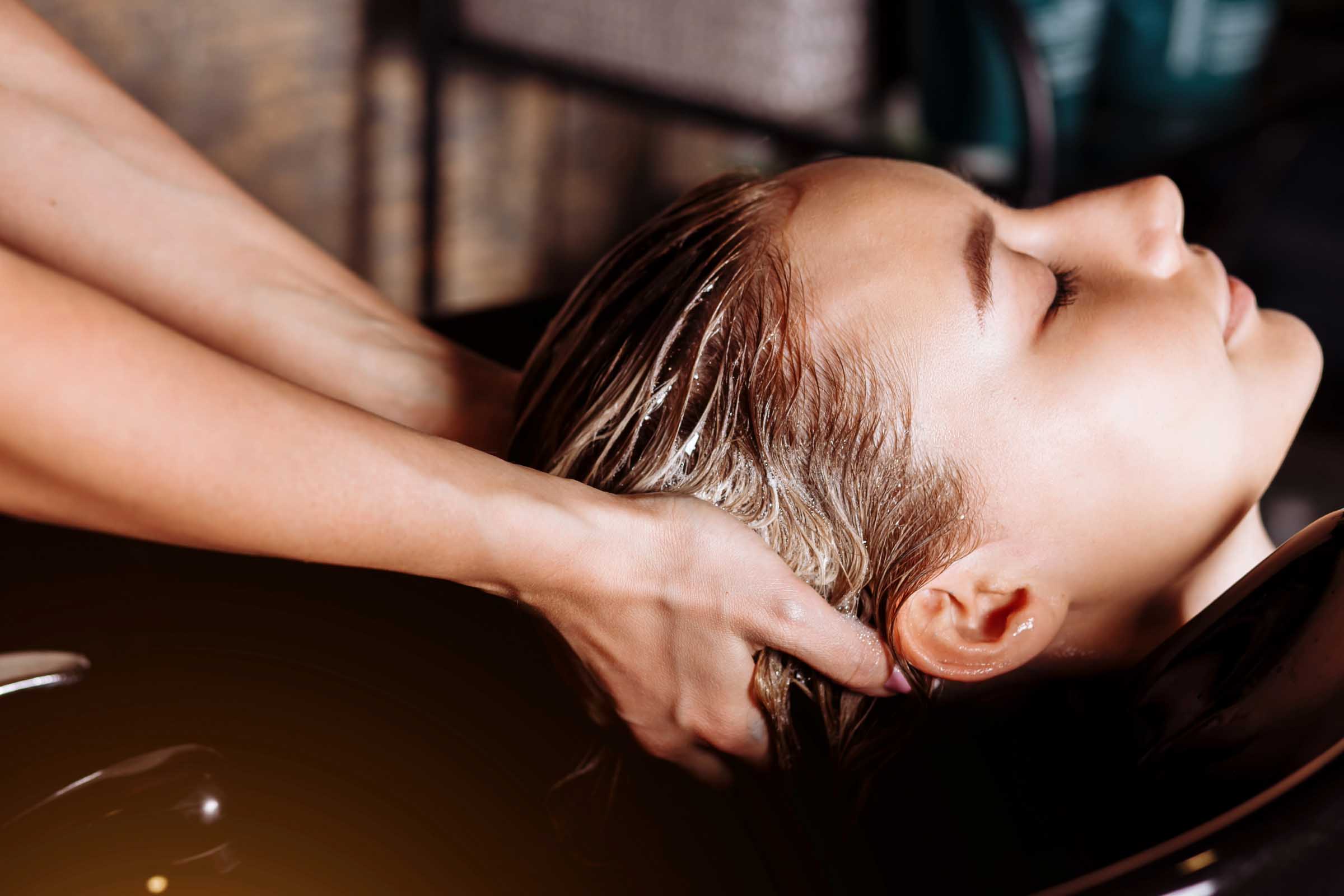
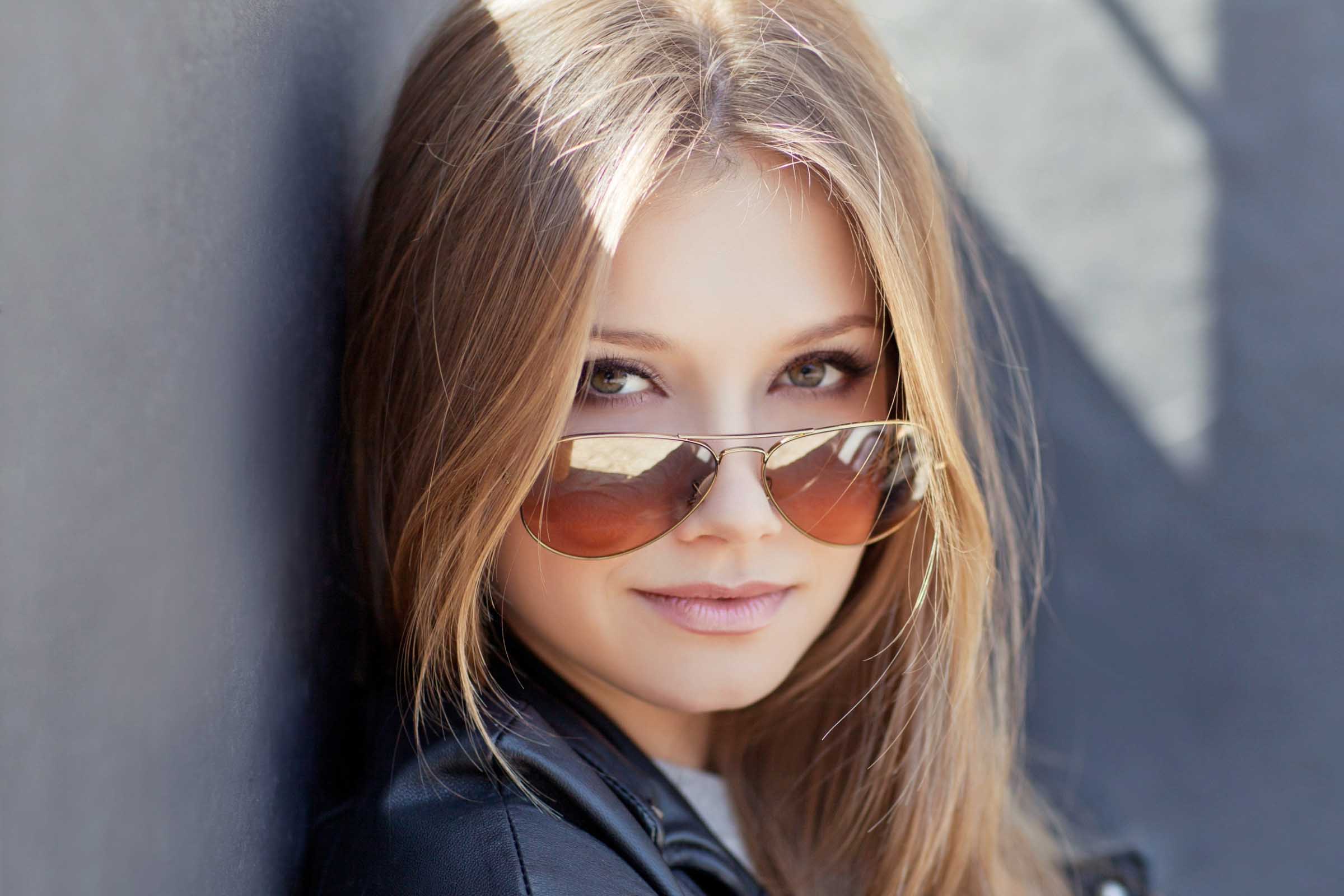
0 Comments